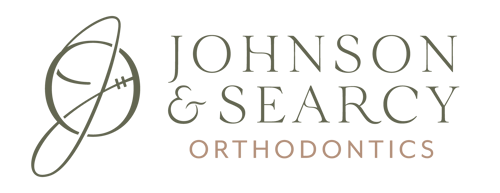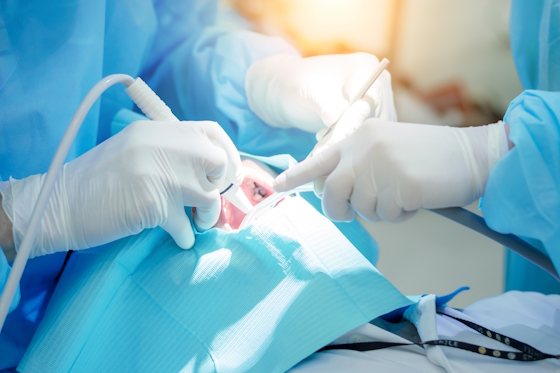Beyond Braces: The Power of Surgical Orthodontics.
At Johnson & Searcy Orthodontics, sometimes the best path to a balanced, confident smile involves a team approach—combining orthodontic care with precise surgical techniques. In some cases, achieving true balance and harmony requires more than just traditional braces. Surgical orthodontics help correct severe irregularities that traditional braces alone can’t fix. That’s why we offer a specialized blend of advanced orthodontic techniques paired with precise surgical solutions, designed to tackle the most challenging issues.
Surgical Orthodontics
Transforming Smiles with Surgical Precision
Surgical orthodontics is often recommended for severe jaw misalignments that can’t be fully corrected with braces alone. Conditions like significant overbites, underbites, open bites, or crossbites, as well as facial asymmetry and jaw irregularities, may require surgical intervention to restore proper function and balance. These can affect chewing, speaking, breathing, and overall aesthetics. Below are some of the most common issues we see when recommending orthodontic surgery:
Jaw Alignment Issues
Facial and Jaw Imbalances
Functional Problems
Complex Dental Challenges


Frequently Asked Questions
Have any Question?
Our FAQ sections are designed to help you quickly find answers to common orthodontic issues and provide guidance on how to manage issues until you can visit our office. If you’re unsure about any situation or need immediate assistance, don’t hesitate to contact us for expert support.


